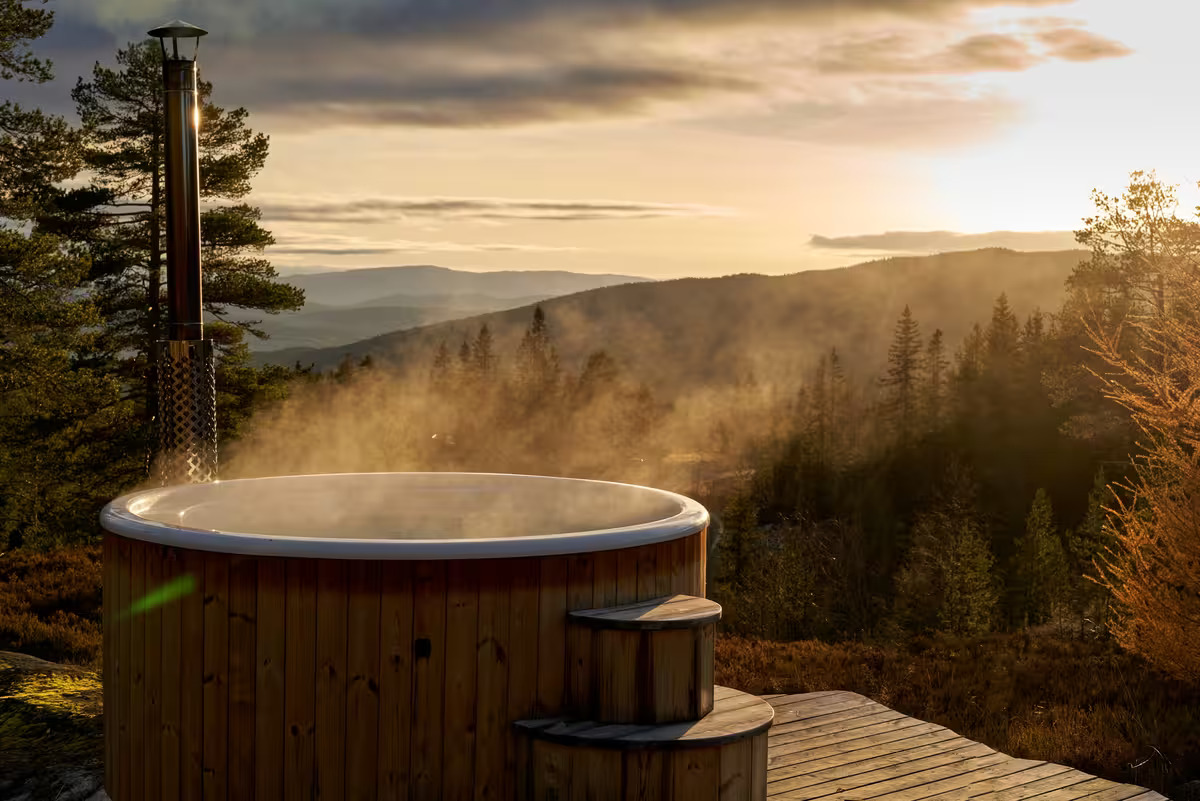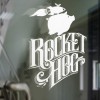
Top Website Features That Help Hot Tub Sellers Grow Their Business
Skyrocketing Hot Tub Sales Starts Here
Imagine turning every website visitor into a hot tub buyer—lured by a site so irresistible they can’t help but click, book, and buy. From a scroll-stopping hero section to lead-capturing forms and local trust signals, the right website features transform casual browsers into loyal customers, fueling your hot tub business growth like never before.
1. Lead Capture That Trades Real Value for an Email
People protect their inbox like it’s a winning lottery ticket. Which means you have to earn your way in. Replace generic “subscribe” boxes with offers shoppers actually want. A short “Get Pricing” form that sends an instant pricing guide works because it respects their time. For the researcher crowd, a five‑to‑seven‑step “Quote Builder” turns casual curiosity into useful intent. Save pop‑ups for exit‑intent only, fire them once per session, and make sure to keep the tone human.
2. Online Scheduling That Mirrors Reality
Phone tag kills momentum. Add a scheduler that shows real‑time availability and syncs with your team’s calendar. Offer three appointment types so customers can self‑select: a 45‑minute showroom visit, a 30‑minute virtual backyard consultation, and a fast 15‑minute service intake. Confirmations and reminders reduce no‑shows; a friendly reschedule link keeps things flexible. A short pre‑visit questionnaire (GFCI power, pad readiness, access width) helps your team show up prepared.
3. Product Pages That Sell Without the Sales Pitch
Great model pages answer questions before people even think to ask them. Lead with clear specs—seats, jets, dimensions, electrical—and then translate the jargon into benefits. “Quiet circulation pump so you can actually hear the crickets.” “Full‑foam insulation to keep winter bills down.” Price ranges keep serious buyers on your site. Add a quick video walk‑through, a 360° gallery, and a reality check on installation—pad size, cover lifter clearance, crane needs. Finish with an obvious CTA stack: Get Pricing, Book a Visit, or Text a Question. Don’t forget to include downloadable spec sheets for contractors and detail-oriented people, along with a short “Who this model is perfect for” list to guide self-selection.
4. Social Proof That Feels Local
Skepticism melts when shoppers see neighbors who love their tubs. Embed Google reviews and allow filtering by Installation, Service, or Sales. Pair them with a before‑and‑after gallery so people can picture what’s possible in a real backyard. Show the faces behind the name with owner and tech bios. If you work with trusted electricians or landscapers, name them. Sprinkle one‑sentence review snippets on model pages and the scheduler—right where the doubt usually shows up.
5. Financing That Removes the Sticker‑Shock Speed Bump
Money talks, but only if you make it easy to hear. Show an “as low as $/mo” badge on model cards and pages. Link to a plain‑English explainer with terms, typical APR ranges, soft‑pull pre‑qualification, and promo timelines. Mention financing again in your appointment flow so shoppers can pre‑qualify before they shake hands.
6. Location Pages That Actually Earn “Near Me” Clicks
If you have multiple showrooms or service areas, each deserves its own page—no copy/paste clones. Start with a city‑specific headline and a sentence or two about what’s unique there. Include full NAP (name, address, phone), hours, parking notes, and an embedded map. Add three to five local reviews and a few install photos from that city. Close with practical FAQs on delivery routes, crane access, and common HOA rules. Cap it with a loud, clear Book a Showroom Visit today!
7. Tracking That Ties Clicks to Cash
Gut feels nice; data closes the loop. Track conversions for the actions that matter: Book a Visit, Get Pricing, Click‑to‑Call, Click‑to‑Text, Chat Start, and Finance Pre‑Qual. Tag every ad, email, and profile link with UTMs so you can see which channels create real opportunities. Use unique call‑tracking numbers by source. Roll it into a simple weekly scorecard with leads, appointments, no‑shows, sales, and revenue by source. Pipe forms and chat into your CRM so follow‑ups are automatic.
8. Service & Parts Intake That Extends Lifetime Value
The relationship doesn’t end on delivery day. A clear Service page makes it easy for owners to get help and for your team to triage. Include a short intake form (model, purchase date, issue, photos), self-serve troubleshooting for common issues, and a parts request flow that accepts SKUs or photos. Set expectations up front—response within one business day and typical repair timelines. Smooth service creates repeat buyers, protects reviews, and fuels referrals.
Make ownership easy:
- Offer water‑care reminders via SMS with seasonal tips and accessory promos.
- Add a warranty lookup by serial number for instant answers.
- Provide an online portal for easy registration of ownership and access to personalized maintenance schedules.
9. Build Accessibility & Trust to Convert
Credibility is built by a hundred small choices. Add descriptive alt text to images (yes, galleries too). Use high‑contrast buttons and large tap targets. Keep forms ADA‑friendly with labels, helpful error messages, and logical tab order. Publish a visible privacy policy, warranty details, and your real physical address. These basics don’t scream for attention—but your conversion rate hears them.
Wrap‑Up: Make Your Website Do the Heavy Lifting
You don’t need a hundred bells and whistles. You need a website that books visits, captures leads, and proves you’ll take care of customers after the soak. Start with the features above, measure everything, and keep iterating. When your hot tub dealer website carries the load, your team can spend more time doing what you do best: helping people love their backyards.
Want help implementing this the right way? Rocket Hog builds fast, conversion‑focused sites for hot tub dealers—complete with scheduling, lead flows, and tracking. Contact us today!
FAQs
Why is the hero section on a landing page so critical for a hot tub dealer website?
The hero section is your first impression. It has seconds to communicate who you are, where you serve, and what action to take. A clear headline and focused call-to-action (CTA) like “Book a Showroom Visit” or “Get Pricing” guide visitors to engage quickly, while trust cues like awards or years in business build confidence without overwhelming them.
What’s the benefit of adding an online scheduler to my website?
An online scheduler eliminates phone tag and lets customers book showroom visits, virtual consults, or service appointments at their convenience. Real-time availability, confirmations, reminders, and a reschedule link keep things smooth, while a pre-visit questionnaire ensures your team is prepared.
How do I make my product pages stand out without sounding pushy?
Focus on clarity and benefits. Include specs (seats, jets, dimensions), translate features into real-world value (e.g., “Quiet pump for peaceful evenings”), and show price ranges to keep serious buyers engaged. Add video walk-throughs, 360° galleries, and clear CTAs like “Get Pricing” or “Book a Visit” to guide decisions.
How can social proof make my website more trustworthy?
Local reviews, before-and-after photos, and team bios make your business feel relatable and credible. Embed Google reviews filterable by category (Installation, Service, Sales) and sprinkle one-sentence review snippets on product pages or schedulers to address doubts where they arise.
Why should I include financing details on my website?
Financing removes price barriers. Displaying “as low as $/mo” badges, linking to clear terms, and offering soft-pull pre-qualification help customers feel confident. Mentioning financing in the appointment flow ensures they’re ready to discuss options during a visit.







